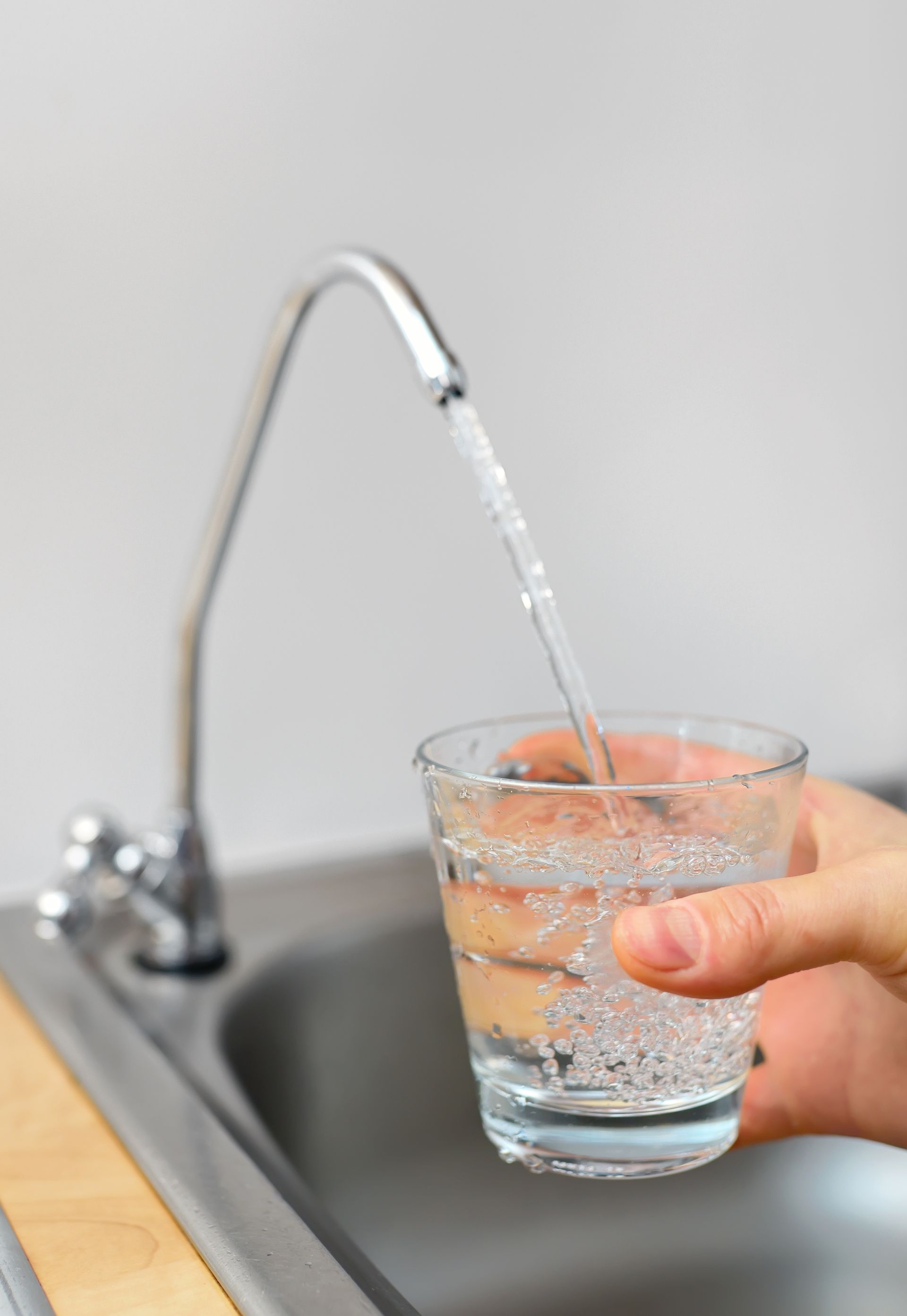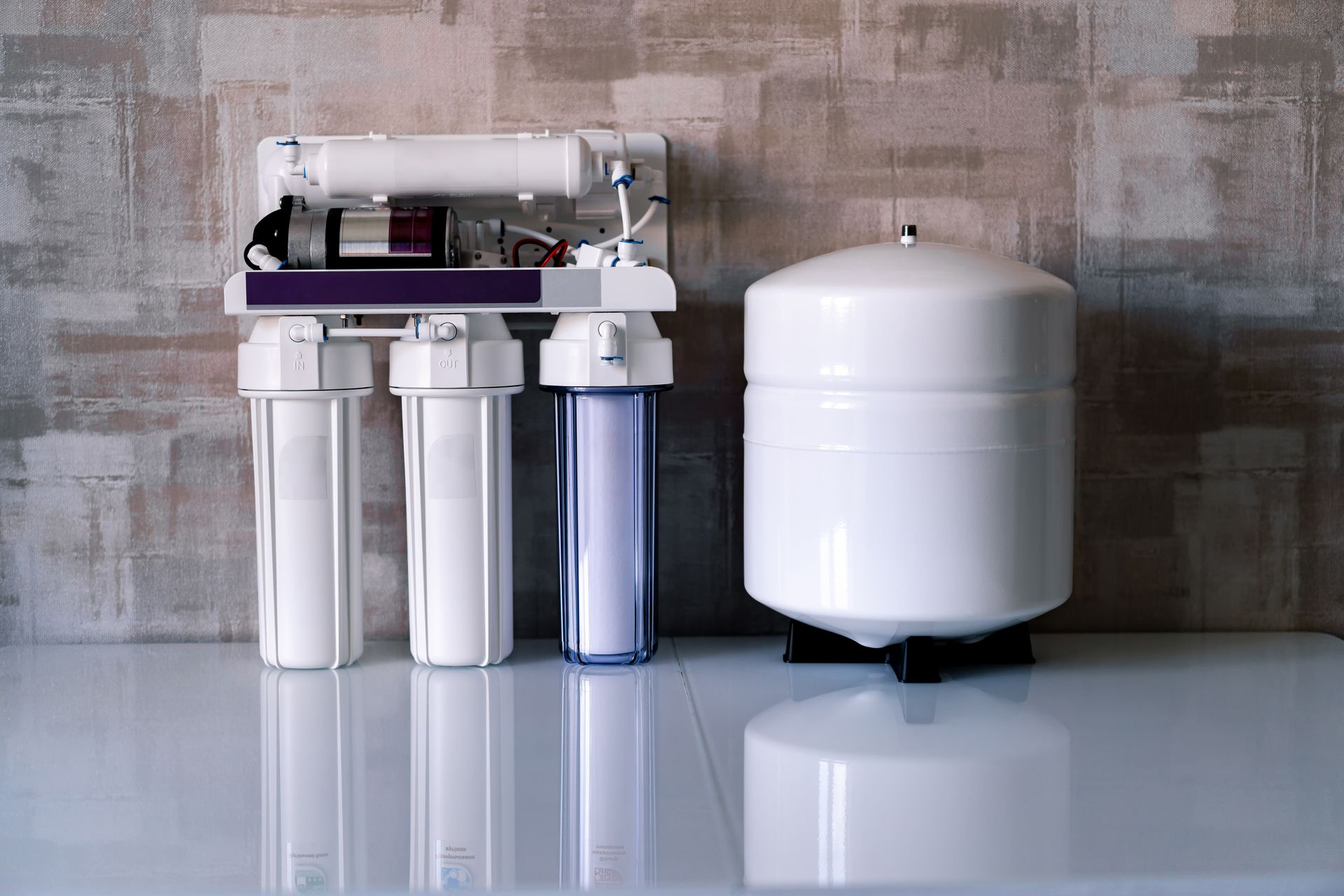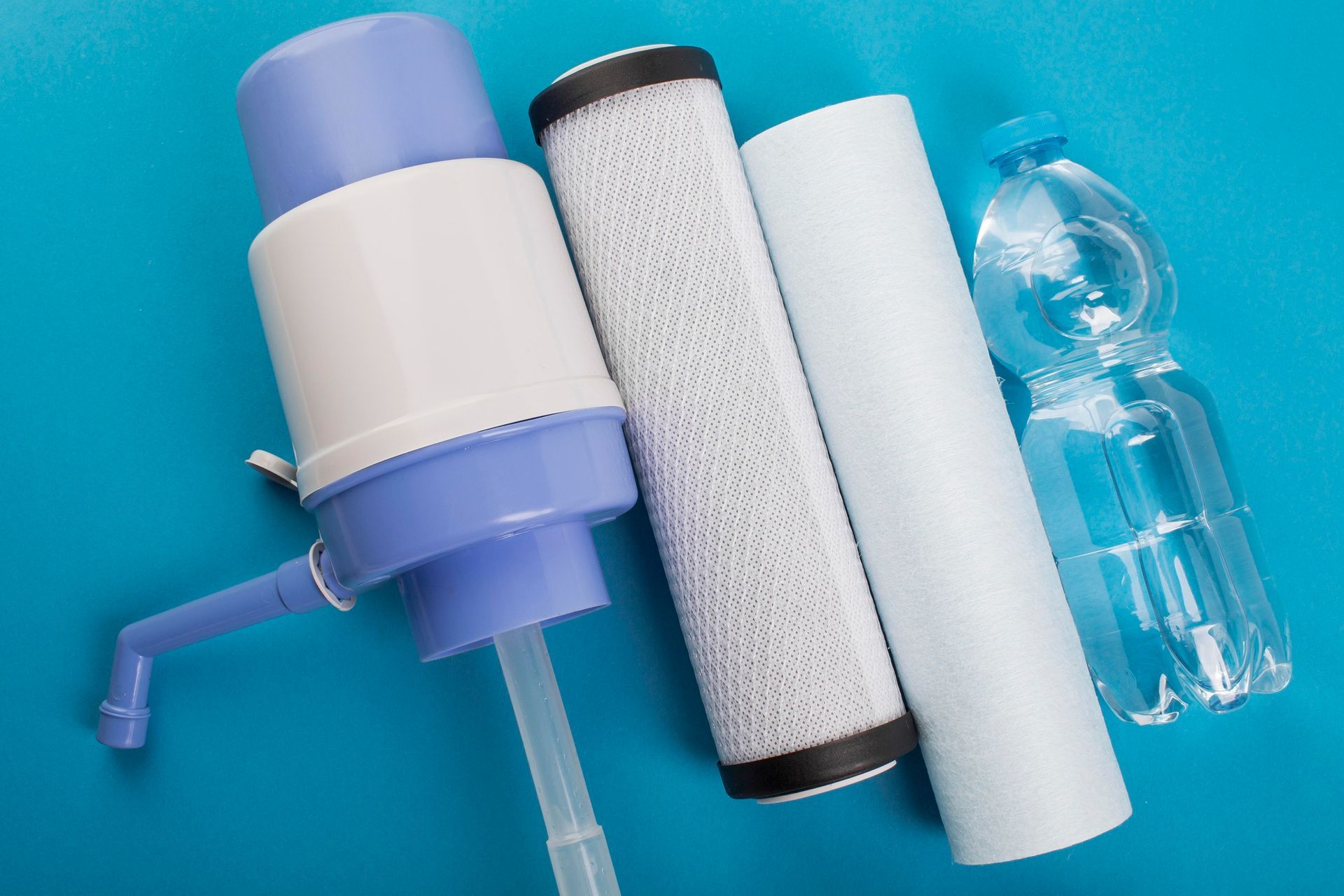Primary Solutions Consulting
Unlocking Efficiency: Top Maintenance Tips for Your Reverse Osmosis System
Welcome to Primary Solutions Consulting, your go-to source for expert advice on maintaining and optimizing your reverse osmosis system. Your reverse osmosis (RO) system is a vital component of your home or business, providing clean and purified water for various purposes. To ensure its efficiency and longevity, regular maintenance is essential. In this guide, we'll share our top tips for maintaining your RO system, helping you to keep it running smoothly and efficiently.
Understanding Your Reverse Osmosis System
Before diving into maintenance tips, it's crucial to understand how your reverse osmosis system works. At its core, an RO system employs a semi-permeable membrane to remove contaminants and impurities from water, providing you with clean and purified drinking water. Familiarize yourself with the various components of your RO system, including the pre-filter, membrane, post-filter, and storage tank.
Regular Cleaning and Sanitization
- Clean the RO system components: Regularly clean the pre-filter, membrane, and post-filter to remove any buildup of sediment, debris, or contaminants.
- Sanitize the system: Periodically sanitize the entire RO system to eliminate bacteria, mold, and other harmful microorganisms. Use a solution of water and bleach or a commercial RO sanitizing product for effective sanitization.
- Clean the storage tank:
Empty and clean the storage tank every few months to prevent the growth of bacteria and ensure the quality of your stored water.
Monitoring Filter Replacements
- Follow manufacturer recommendations: Refer to your RO system's user manual or contact the manufacturer to determine the recommended replacement schedule for filters and membranes.
- Replace filters regularly: Change the pre-filter, post-filter, and membrane according to the recommended schedule to maintain optimal filtration efficiency.
- Keep spare filters on hand:
Stock up on replacement filters and membranes to ensure you always have them available when needed.
Checking for Leaks and Malfunctions
- Inspect for leaks: Regularly inspect all connections, fittings, and tubing for signs of leaks or damage. Address any leaks promptly to prevent water waste and potential damage to your property.
- Test system pressure: Check the pressure gauge on your RO system to ensure it's operating within the optimal range. Low pressure could indicate a malfunction that requires attention.
- Address malfunctions promptly:
If you notice any unusual noises, fluctuations in water quality, or other signs of malfunction, contact a professional technician to diagnose and repair the issue promptly.
Professional Inspections and Servicing
- Schedule regular inspections: Arrange for annual or bi-annual inspections by a qualified RO system technician to assess the condition of your system and perform any necessary maintenance.
- Professional servicing: Invest in professional servicing for your RO system to ensure thorough cleaning, sanitization, and calibration for optimal performance.
- Consult with experts:
If you're unsure about any aspect of RO system maintenance or encounter persistent issues, don't hesitate to consult with our team of experts at Primary Solutions Consulting for personalized advice and assistance.
Conclusion
Maintaining your reverse osmosis system is essential for ensuring its efficiency, longevity, and the quality of your drinking water. By following these maintenance tips from Primary Solutions Consulting, you can keep your RO system running smoothly and efficiently for years to come. Remember to regularly clean and sanitize the system, monitor filter replacements, check for leaks and malfunctions, and invest in professional inspections and servicing when needed. With proper maintenance, your reverse osmosis system will continue to provide you with clean and purified water for your home or business.










